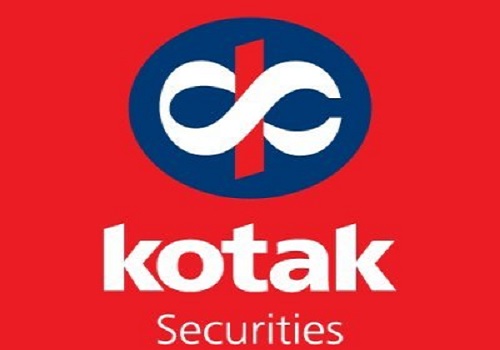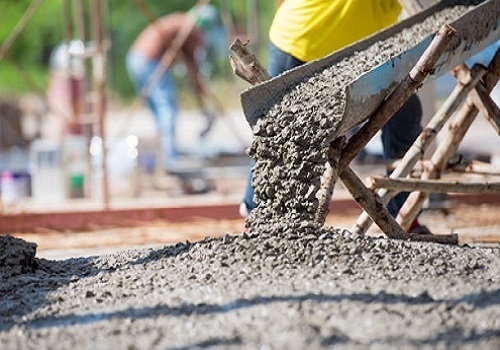Copper trading range for the day is 972.8-987.2 - Kedia Advisory

Gold
Gold prices plunged by 5% to 1,21,857 as profit-taking intensified following a sharp rally, while the U.S. dollar strengthened and safe-haven demand eased amid improving global risk sentiment. Optimism grew over easing U.S.–China trade tensions ahead of the scheduled meeting between Presidents Donald Trump and Xi Jinping next week, which aims to resolve tariff disputes. The seasonal gold-buying period in India has also ended, reducing physical demand, while expectations of a resolution to the U.S. government shutdown and upcoming U.S. inflation data further weighed on sentiment. Despite the sharp decline, gold remains up over 60% year-to-date, supported by expectations of additional rate cuts by the Federal Reserve and lingering demand for safe assets. Physical demand across Asia remained robust, with Indian dealers quoting premiums of up to $25 per ounce — the highest in a decade — amid strong festive buying and supply shortages that have also increased gold smuggling. Swiss customs data showed exports of gold to China surged 254% in August to 35 tons, while shipments to India climbed to 15.2 tons. However, exports to the U.S. fell sharply as refineries paused shipments amid tariff uncertainty. Technically, the market is under long liquidation as open interest dropped by 6.16% to 13,431 contracts while prices fell 6,414. Gold finds support at 1,20,105 and 1,18,355, while resistance is seen at 1,24,015 and 1,26,175. A move above 1,24,015 may trigger short covering and lift prices higher.
Trading Ideas:
* Gold trading range for the day is 118355-126175.
* Gold prices tumbled over 5% their biggest daily drop since April 2013, after touching a record high.
* The decline came as profit-taking accelerated and the US dollar strengthened, while safe-haven demand eased.
* Optimism grew over easing US–China trade tensions, with Presidents Donald Trump and Xi Jinping scheduled to meet next week.
Silver
Silver prices fell by 3.17% to 1,45,558 as risk appetite improved amid easing U.S.–China trade tensions and optimism over a potential resolution to the U.S. government shutdown. U.S. President Donald Trump expressed confidence in reaching a favorable deal with China, though he cautioned that his meeting with President Xi Jinping may be delayed. Traders are now focused on Friday’s key U.S. inflation report ahead of a widely expected Federal Reserve rate cut next week. Last week, silver hit an all-time high of $54.5 per ounce after rallying nearly 40% since late September, driven by a liquidity crunch in London’s silver market, strong Indian demand, and bullish bets on industrial applications such as electric vehicles, data centers, and solar energy. Global silver ETP investment surged, with net inflows of 95 million ounces in H1 2025, taking total holdings to 1.13 billion ounces—just 7% below the 2021 peak. Indian retail demand rose 7% year-on-year in the first half of 2025, while European demand continued its modest recovery. According to the Silver Institute, the global silver deficit is expected to narrow by 21% to 117.6 million ounces this year due to slightly lower demand and a 2% rise in supply. Industrial demand remains firm, while coin and bar investment is forecast to rebound by 7%. Technically, silver is under long liquidation as open interest dropped 8.7% to 21,627 contracts while prices fell 4,769. Support is seen at 1,43,580 and 1,41,610, while resistance is at 1,47,760 and 1,49,970.
Trading Ideas:
* Silver trading range for the day is 141610-149970.
* Silver prices tumbled amid improving risk sentiment, easing US–China trade tensions.
* US President Donald Trump said he expects to reach a “fair trade deal” with Chinese President Xi Jinping.
* Traders await Friday’s key US inflation report and an expected Federal Reserve rate cut next week.
Crude oil
Crude oil prices rose 1.94% to 5,151, supported by renewed optimism over progress in U.S. trade talks with China and India. Sentiment improved after U.S. President Donald Trump said Indian Prime Minister Narendra Modi assured that India would limit oil imports from Russia. Hopes for a breakthrough in U.S.-China discussions this week in Malaysia also lifted demand expectations. Additionally, the U.S. Department of Energy announced plans to purchase 1 million barrels for the Strategic Petroleum Reserve (SPR) to rebuild stockpiles depleted by the 2022 emergency sales. The SPR currently holds about 409 million barrels out of its 700-million-barrel capacity. On the supply front, Saudi Arabia’s crude exports rose to a six-month high of 6.41 million bpd in August, while the International Energy Agency cautioned that global markets may face a prolonged oversupply phase through 2026. U.S. crude inventories increased by 3.5 million barrels last week to 423.8 million barrels, while gasoline and distillate stocks declined, according to EIA data. Refinery runs and utilization rates dropped notably, suggesting lower domestic processing activity. Meanwhile, OPEC maintained its oil demand growth forecasts for 2025 and 2026, with September output rising by 630,000 bpd to 43.05 million bpd. The group expects a near-balanced market next year, with a marginal deficit of 50,000 bpd if current production continues. Technically, the market witnessed fresh buying as open interest rose 2.69% to 20,410 contracts while prices gained 98. Crude oil finds support at 5,121 and 5,090, while resistance is seen at 5,186 and 5,220.
Trading Ideas:
* Crudeoil trading range for the day is 5090-5220.
* Crude oil gains buoyed by hopes of progress for a U.S. trade deal with China and India.
* The U.S. Department of Energy said it is looking to buy 1 mbls of crude oil for delivery to the Strategic Petroleum Reserve.
* Saudi Arabia's crude oil exports in August rose to their highest level in six months.
Natural gas
Natural gas prices gained 1.66% to 305.5, supported by a sharp turn toward colder weather forecasts and expectations of higher heating demand through early November. Meteorologists revised their two-week outlook to near-normal temperatures from earlier warmer projections, fueling optimism for increased consumption. Production in the Lower 48 states dipped slightly to 106.5 billion cubic feet per day (bcfd) so far in October, down from 107.4 bcfd in September and 108.0 bcfd in August, while strong LNG feedgas demand continued to underpin the market. Gas flows to U.S. LNG export plants rose to 16.5 bcfd, marking a new monthly record, driven by robust overseas demand. US utilities added 80 billion cubic feet of gas into storage for the week ending October 10, close to expectations and slightly above the five-year seasonal average. Total inventories reached 3,721 Bcf — 0.7% higher than last year and 4.3% above the five-year norm, reflecting comfortable supply levels ahead of the winter season. The EIA projected both U.S. gas output and demand to hit record highs in 2025, with production estimated at 107.1 bcfd and consumption at 91.6 bcfd. LNG exports are also expected to rise to 14.7 bcfd in 2025 and 16.3 bcfd in 2026. Technically, the market is under short covering, with open interest falling 24.02% to 14,566 contracts while prices gained 5. Natural gas has support at 297.6 and 289.8, while resistance is seen at 312.6 and 319.8.
Trading Ideas:
* Naturalgas trading range for the day is 289.8-319.8.
* Natural gas rallied as colder weather forecasts and strong LNG demand boosted prices.
* Meteorologists revised their two-week outlook to near-normal temperatures through early November, a shift from earlier warmer projections.
* Average gas output in the Lower 48 states fell to 106.5 bcfd so far in October, down from 107.4 bcfd in September
Copper
Copper prices slipped by 0.23% to 980.9 as trader optimism weakened amid sluggish Chinese demand and a stronger dollar, despite continued supply constraints limiting downside movement. The decline followed China’s slower GDP growth in Q3, which dampened industrial sentiment even as September industrial output beat expectations at 6.5%. The Yunnan Copper Premium, a key gauge of Chinese physical demand, dropped sharply to $36 per tonne from $100 in April, reflecting softer buying interest. On the supply front, persistent mine disruptions in Indonesia and Chile continued to support the market. Indonesia’s Grasberg mine remained constrained after a fatal mudslide forced a halt in operations, while Chile’s Codelco reported its lowest monthly production in more than 20 years. Meanwhile, Shanghai Futures Exchange copper inventories rose by 550 tons to 110,240 tons, their highest level since April. The ICSG reported a global refined copper surplus of 57,000 tons in July, though it expects this to narrow in 2026 as demand from emerging sectors like data centers accelerates. For 2025, the global market is projected to show a surplus of 178,000 tons, followed by a deficit of 150,000 tons in 2026, with refined usage expected to rise 3% next year. Technically, the market is under long liquidation with open interest down 7.22% to 4,290 contracts while prices eased 2.3. Copper has support at 976.8 and 972.8, while resistance is seen at 984 and 987.2.
Trading Ideas:
* Copper trading range for the day is 972.8-987.2.
* Copper slipped as trader optimism lost steam due to weak Chinese demand from high prices and a stronger dollar.
* Meanwhile, supply shortage due to mine disruptions continue to set a floor for copper prices, leaving any decline limited.
* Annual GDP growth in China, slowed in the third quarter despite optimistic recent figures for industrial production.
Zinc
Zinc prices rose 1.96% to 301 as supply concerns persisted due to bottlenecks in global smelting operations, even as mined output increased. According to the International Lead and Zinc Study Group (ILZSG), refined zinc production has dropped over 2% this year despite a 6.3% rise in mine production, largely due to curbs and closures in key facilities such as Kazakhstan’s smelters and Japan’s Toho Zinc Annaka plant. Treatment charges rebounded to $87.5 per ton from negative levels at the end of last year, reflecting tight refined supply. Meanwhile, LME zinc inventories fell sharply to just 37,300 tonnes — down from over 230,000 tonnes at the start of 2025 — covering less than one day of global demand and contributing to the steepest cash-to-three-month price spread since 1997. In Japan, Mitsui Mining and Smelting announced refined zinc output for H2 FY2025/26 at 106,500 tonnes, a 6.6% decline year-on-year. On the other hand, Ivanhoe Mines reported record quarterly production of 57,200 tonnes from its Congo operations, up 37% quarter-on-quarter. ILZSG data showed the global zinc market shifted to a surplus of 30,200 tonnes in July after a June deficit, with a total surplus of 72,000 tonnes in the first seven months of 2025. Technically, the market is under short covering, with open interest down 4.03% to 2,525 contracts while prices gained 5.8. Zinc has support at 295.8 and 290.6, while resistance is seen at 305.5 and 310.
Trading Ideas:
* Zinc trading range for the day is 290.6-310.
* Zinc rose as persistent bottlenecks among smelting operations pressured the supply of refined zinc.
* Refined zinc production has fallen more than 2% this year despite the 6.3% jump in mined output - ILZSG.
* Stocks at the LME sank to below 37.3 thousand tonnes, compared to 230.5 thousand tonnes at the start of the year.
Aluminium
Aluminium prices rose 0.76% to 264.3, supported by tightening supply concerns and expectations of slower production growth in China. The market remained sensitive to near-term physical shortages as China’s aluminium output cap of 45 million tons is expected to be breached this year under current capacity levels. Beijing also reduced its annual output growth target for base metals to just 1.5% for 2025–26, compared to 5% previously, as part of its anti-involution campaign aimed at curbing overcapacity and deflationary risks. Supply worries deepened further after Alcoa announced the closure of its Kwinana alumina refinery in Australia due to deteriorating bauxite ore grades. On the demand side, aluminium consumption prospects were buoyed by growing corporate investments in data centers, which require substantial aluminium volumes. Meanwhile, China’s exports of unwrought aluminium and related products declined slightly to 521,000 tonnes in September from 534,000 tonnes in August, while imports surged 35.4% year-on-year to 360,000 tonnes. In the first nine months of 2025, China imported 3.01 million tonnes, up 5.7% year-on-year, indicating robust domestic demand. Global primary aluminium output in August rose 0.9% year-on-year to 6.277 million tonnes, while domestic Chinese production in September fell 3.18% month-on-month but increased 1.14% year-on-year. Technically, the market is witnessing short covering as open interest dropped by 1.23% to 2,255 contracts while prices gained 2. Aluminium has support at 262.9 and 261.5, whereas resistance is seen at 265.4 and 266.5.
Trading Ideas:
* Aluminium trading range for the day is 261.5-266.5.
* Aluminium rose on a backdrop of increasingly tight supply.
* Major consumers remained alert to near-term tightness in physical markets due to China's aluminium output cap of 45 million tons.
* Alcoa announced it will shut its Kwinana alumina refinery in Australia due to deteriorating bauxite or grades.
Turmeric
Turmeric prices rose by 1.37% to 15,340 amid supply concerns following crop damage in key producing states such as Maharashtra, Andhra Pradesh, and Karnataka due to excessive rainfall. Erode, a major trading hub, witnessed quality issues as continuous rains led to disease outbreaks and high humidity, making turmeric preservation difficult. In Nanded, heavy rains have reportedly damaged about 15% of the crop area, further tightening supply. Additionally, turmeric stocks held by farmers in Warangal are nearly exhausted, with limited arrivals in recent sessions. On the other hand, gains were capped as overall acreage increased by 10% year-on-year to 3.30 lakh hectares for the 2024–25 season, supported by favorable monsoon conditions. Early estimates also suggest a further 15–20% rise in turmeric acreage, as farmers prefer it over less profitable crops. In Duggirala, strong demand for fresh arrivals continues, with new stock fetching higher prices than older lots due to superior quality and steady trade volumes of 1,000–1,200 bags per day. Meanwhile, turmeric exports during April–July 2025 rose 2.29% year-on-year to 63,020 tonnes, highlighting steady overseas demand. Technically, the market is under fresh buying as open interest increased by 1.46% to 12,160 contracts while prices gained 208. Turmeric has support at 15,192 and 15,046, while resistance is seen at 15,492 and 15,646. A move above 15,646 may trigger further bullish momentum.
Trading Ideas:
* Turmeric trading range for the day is 15046-15646.
* Turmeric gains as yields in Maharashtra, Andhra Pradesh and Karnataka have been affected due to rains.
* Also, due to continuous rains in Erode, disease outbreaks have started emerging in some areas.
* Recent heavy rainfall in Nanded has adversely affected the cultivation, damaging approximately 15% of the crop area.
* In Nizamabad, a major spot market, the price ended at 13895.65 Rupees gained by 0.08 percent.
Jeera
Jeera prices rose by 0.47% to 19,355 on level-based buying amid low arrivals, as Diwali holidays across several markets curtailed supply inflows. The decline in arrivals supported prices, though gains were limited due to weak export demand following the conclusion of the retail season. Traders reported subdued overseas buying interest, as existing stocks comfortably meet current export needs. Farmers still hold around 20 lakh bags of cumin, with only 3–4 lakh bags expected to be traded by the end of the season, leaving an estimated carry-forward stock of 16 lakh bags. Production estimates indicate a decline compared to last year, with national output expected at 90–92 lakh bags versus 1.10 crore bags previously. Gujarat’s crop is estimated at 42–45 lakh bags and Rajasthan’s at 48–50 lakh bags. Globally, adverse weather has curtailed production in competing origins such as China, Turkey, Syria, and Afghanistan, yet export demand from India remains sluggish, weighing on market sentiment. According to trade data, Jeera exports fell sharply by 19.81% during April–July 2025 to 73,026 tonnes versus 91,070 tonnes in the same period last year. Exports in July alone declined 20.83% year-on-year to 13,779 tonnes. Technically, the market is under short covering as open interest remained unchanged at 3,501 contracts while prices gained 90. Jeera is receiving support at 19,310 and 19,260, while resistance is seen at 19,400 and 19,440. A move above 19,440 could trigger further buying momentum in the near term.
Trading Ideas:
* Jeera trading range for the day is 19260-19440.
* Jeera prices gained on level buying amid low arrivals.
* GST council lowers GST rate to 5% which will support FMCG exports & domestic demand.
* The farmers still have about 20 lakh bags of cumin.
* In Unjha, a major spot market, the price ended at 18796.35 Rupees dropped by -0.68 percent.
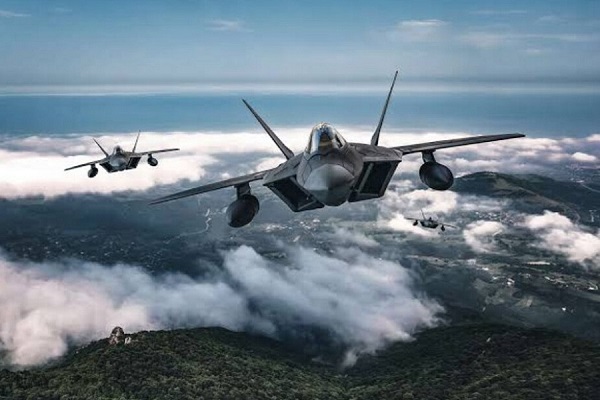

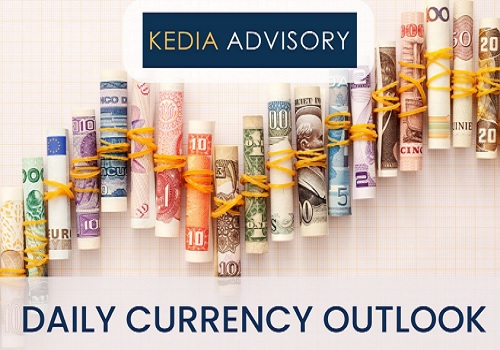
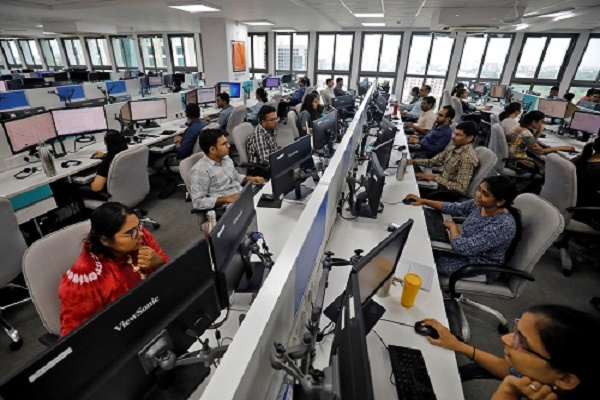




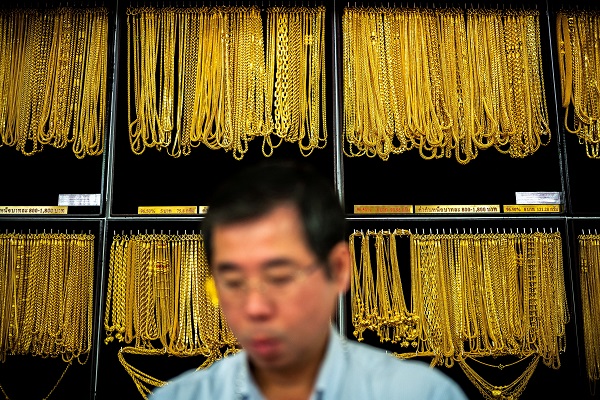
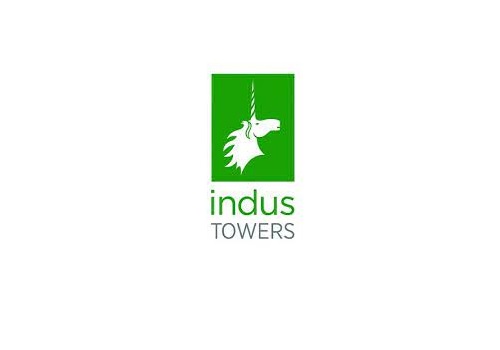
Tag News

Turmeric trading range for the day is 14054-14774 - Kedia Advisory

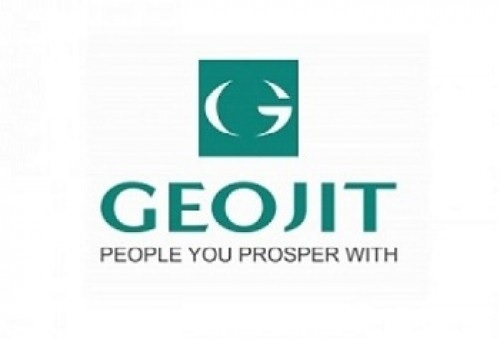
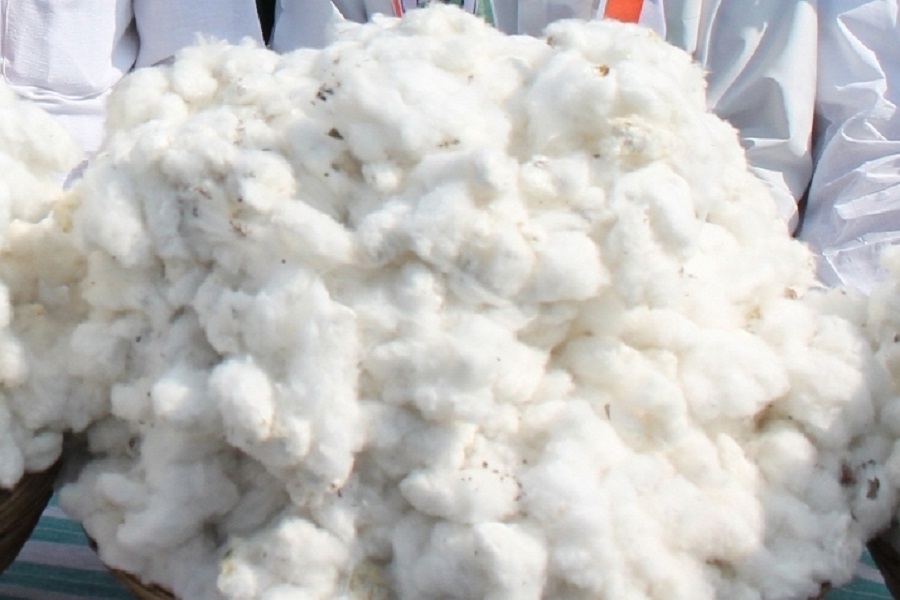
More News

Agri Commodity Technical Report 20 February 2025 - Geojit Financial Services Ltd
